A bit of history
A couple of years ago, I bought a Ricoh GRD IV for £60 at my local camera dealer. You may wonder why I was interested in an almost ten-year-old camera with a tiny CCD sensor in these days of 24MP CMOS and 47MP full-frame sensors. So let’s journey into the past.
Ten years ago, I had my Leica M8 with a couple of lenses and wanted a small and carry-everywhere camera. I knew the works of Daido Moriyama and consequently decided upon the 2007 Ricoh GRD III. The M8 was a wonderful camera but a bit bulky, with its couple of lenses, when you wanted to go light, especially when hiking or mountaineering in the Alps. The Ricoh became the camera I would pick up on these occasions and enjoyed the results. So, when I saw the Ricoh GRD IV I did not hesitate a second and bought it as a back-up to my Leica X2.
Review
As you know, the Ricoh GRD IV is a small point-and-shoot camera with a tiny 1/7 inch CCD sensor and a 6mm f/1.9 lens (28mm full frame equivalence, the same angle of view as the current GR III with its APS-C CMOS sensor). The GRD IV features image stabilisation and a small built-in flash. The body is made of magnesium alloy. You can shoot either jpegs or RAW. There is a choice between program mode, aperture priority, speed and three custom settngs, MY1, 2 and 3. Of course, as in any Ricoh camera, you have the snap-focus mode which allows you to choose a fixed shooting distance and take a photo without focusing delay
The menus are similar to all Ricoh’s digital cameras. You can choose the size of the image (4:3 / 3:2 / 1:1). You have various imaging modes (black and white, high contrast, standard, vivid, positive film …) which can be customised in the menus to your liking and you can adjust sharpness, contrast and saturation. It takes a little time to get the settings to your liking but once it’s done you never look back.
Once you have admitted its limitations (you’ll never print more than 30×45 cm, the images are a bit grainy but that can be fixed in post, the colours can be off the mark and really saturated if you wish to) this small camera is a real powerhouse you can carry almost everywhere. The camera does not like rain but the sensor is not prone to dust, unlike those of the later GRs.
Accompanying this article are a few shots from my home town, Le Havre in Normandy, and surrounding areas with various setting I like.
The fishing harbour
The traditional harbour is a bit of an oddity as it’s one of the few areas in town which were not bombed during the Second World Wart. It’s a colourful place not far from the ferry harbour, with fishing nets, crabs and lobster creels and traditional boats. That world is gone now as they are building a new fishing harbour with no access to outsiders. On a sunny day the colours can be totally saturated. I used high contrast and saturation for these three shots.
The city art gallery
When you walk further west by the water you arrive at the city art gallery, one of my favourite photographic haunts. The sea is not far off so inside the museum you can glimpse the water. There is an amazing combination of lights coming from the museum and from the sea. The gallery is home to many excellent exhibitions, whether it be paintings or photography (there’s a Dufy exhibition at the moment running till 3 November 2019). For these images I used standard black and white and colours.
The seafront
Once you leave the museum, you’re on the seafront. It starts with the pier and the bell and, after walking past the pleasure-boat harbour, you reach the beach. This consists mainly of pebbles but you do get sand when the tide is out. I like going there to walk my dog when the conditions allow.
Incidentally, we are lucky to have a forest within the city boundaries. It can be accessed directly from the city and is a nice escape from the city traffic although a road runs in the middle of it.
Macro capabilities
The macro capabilities of the GRD IV are truly amazing. You can shoot from 10mm (no, you’re not dreaming) and still get the focus right on the camera. I always take the Ricoh with me in autumn and spring as they are the two most pleasant seasons for making pictures. The lens is always tack sharp when you get close up and you can achieve a pleasing bokeh whatever the aperture. The real bonus is the ability to focus so close. There’s something crisp in the way the lens renders and it’s something I truly appreciate and where the camera shines.
Street shooting
Many photographers rave about the Ricoh GRs and they has an enviable reputation as the ultimate street cameras. The GRD IV is small, unobtrusive and has a huge depth of field. This is sometimes seen as a drawback of the tiny sensor. However, what you lose in narrow depth of field you gain in versatility and practicality. You don’t have to bother wondering what will be in focus; you can be almost certain that everything will be in focus, even with the aperture at its widest f/1.9.
You don’t even have to focus with the snap focus mode, just raise your camera when you feel like it. The snap focus allows you to respond in a split second when you see something that might turn out well. The autofocus is also really fast so you have the possibility of both options really.
Some more images from the local beach. I also enjoy shooting kitesurfers as it is often windy in autumn and spring. I did try to snap some of them with my Leica X2 but I prefer the GRD with its 28mm-equivalent lens (the Leica often lacks that extra angle with its 35mm optic).
Landscape
The Ricoh is not designed as a landscape camera. The output certainly lacks detail when compared with images created on cameras with larger sensors. Yet you are able to grab some nice shots when the light is right. What is particularly pleasing with the sensor, to my eyes, is the separation, depth and relief you get in your images. Images look dense and structured, something I haven’t noticed in the APS-C GR models.
There are many things to like in the GRD IV, despite its limitations, and it has been a welcome addition to my equipment. It shows that even older cameras — ten years old in this case — can still entertain and produce impressive results.
Related articles
Read more from Jean Perenet on Macfilos
If you subscribe to the Macfilos mailing list you will receive one message at 8 pm London time from Monday to Friday with news of the latest articles. Your address will remain confidential and will not be used for any other purpose. Every email contains an unsubscribe link. We hope you will join us in helping make Macfilos more popular and relevant to our readers.




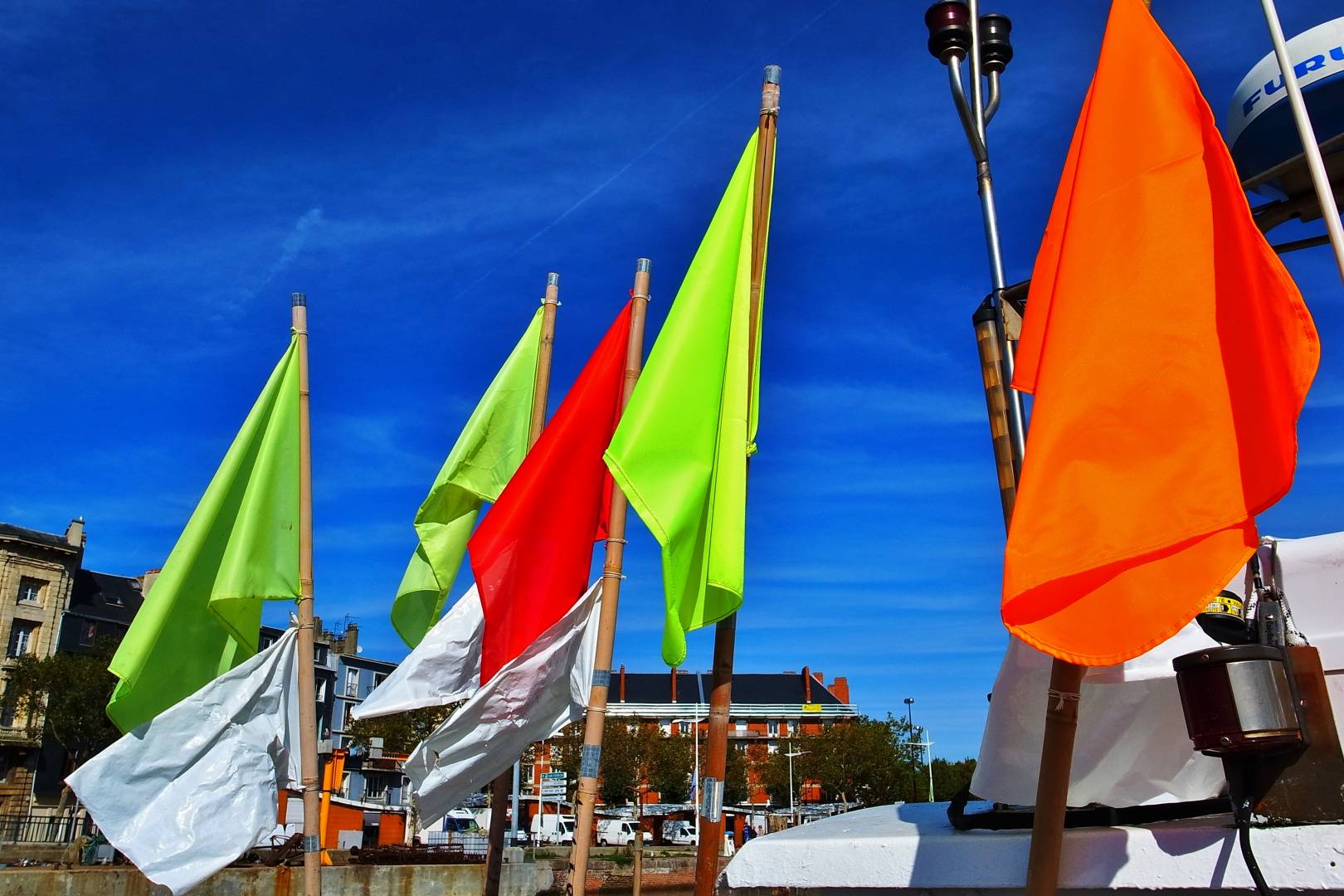

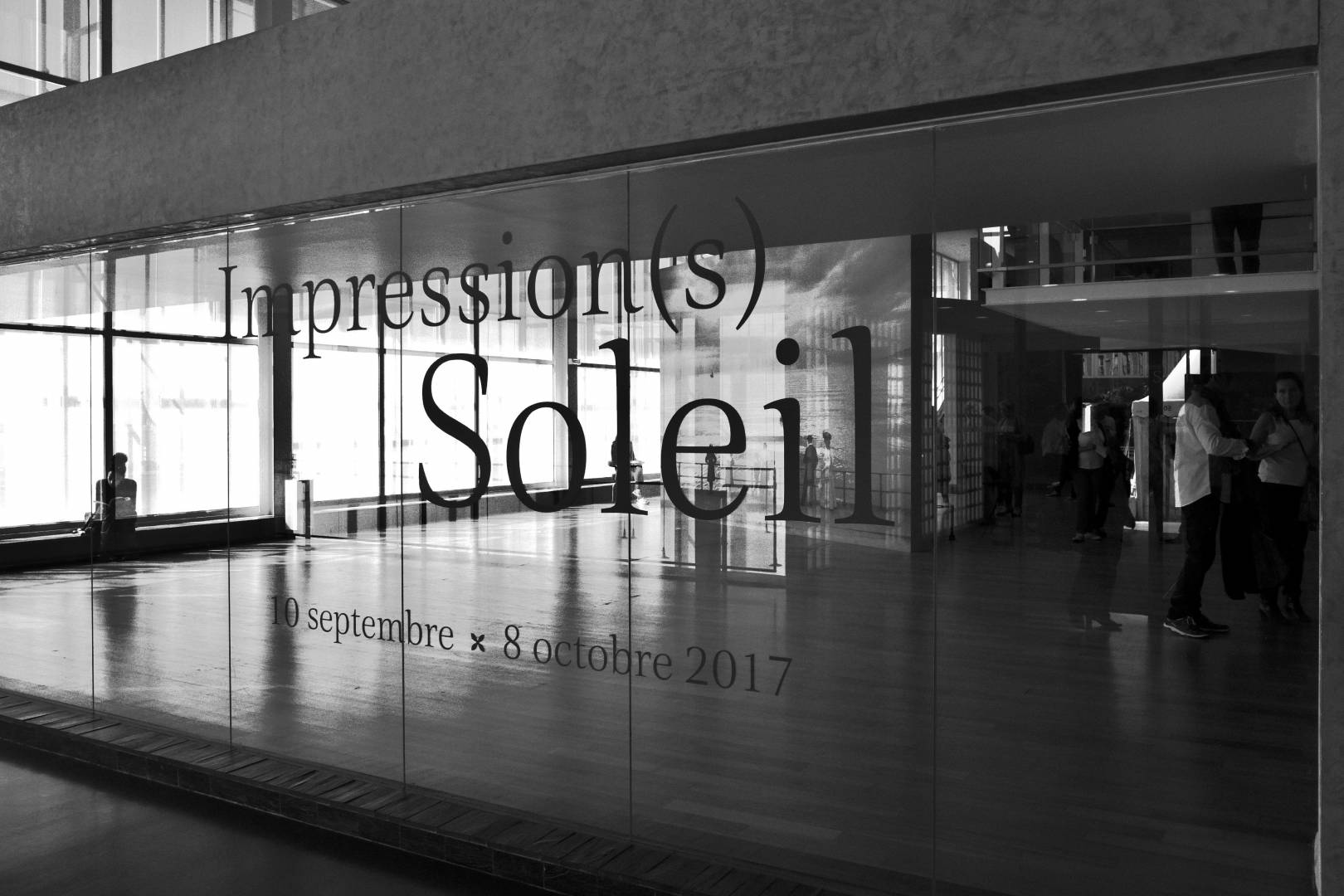

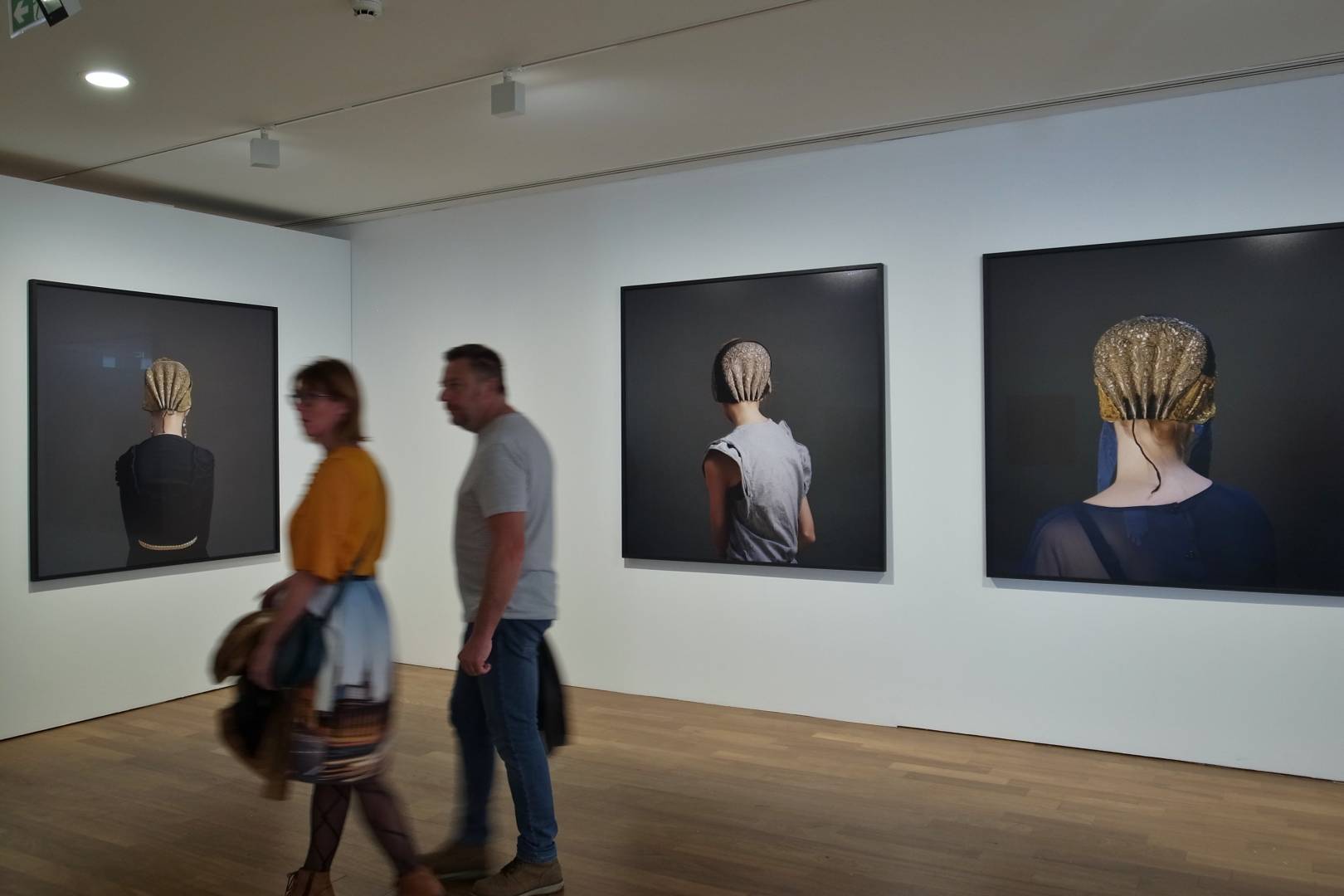

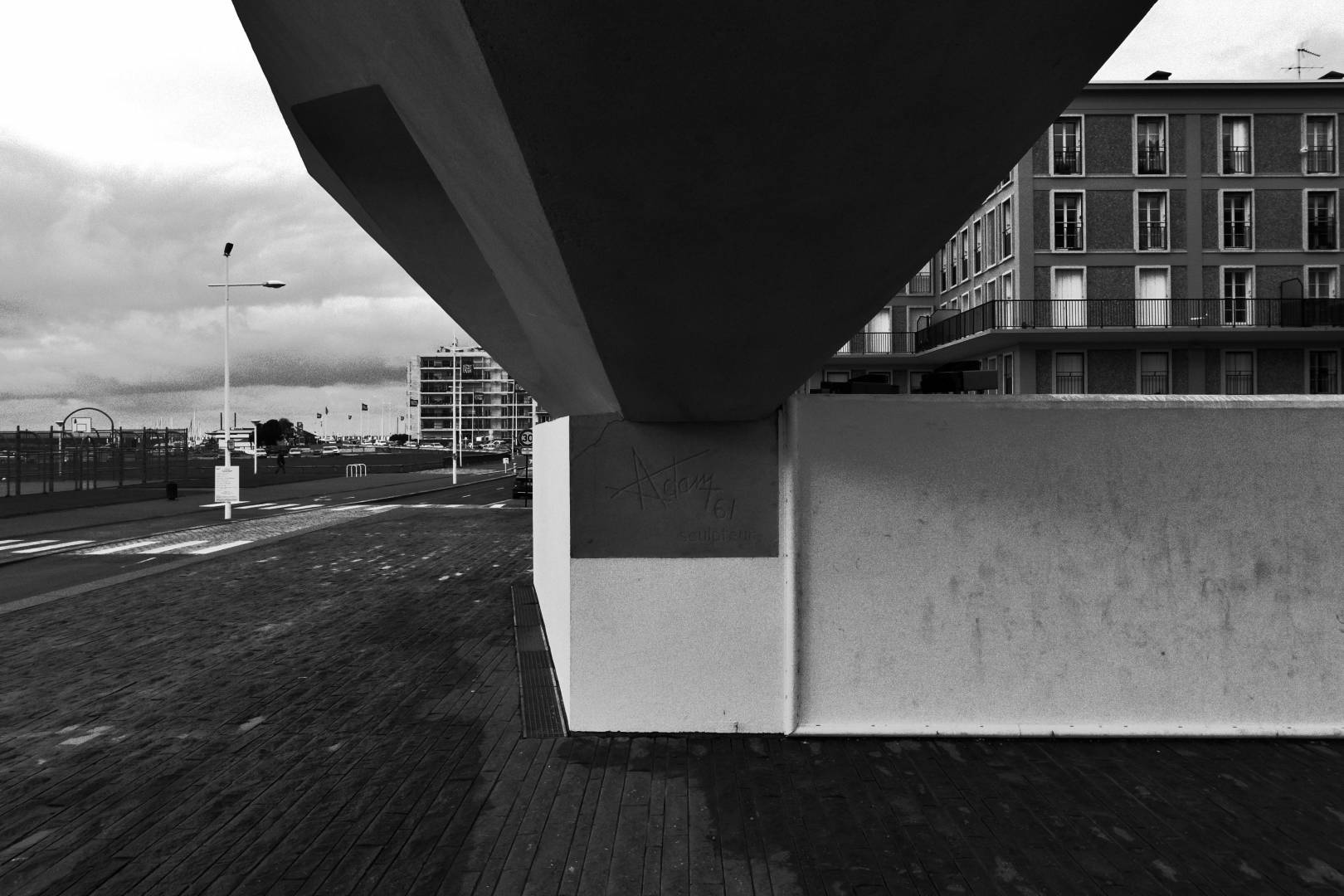


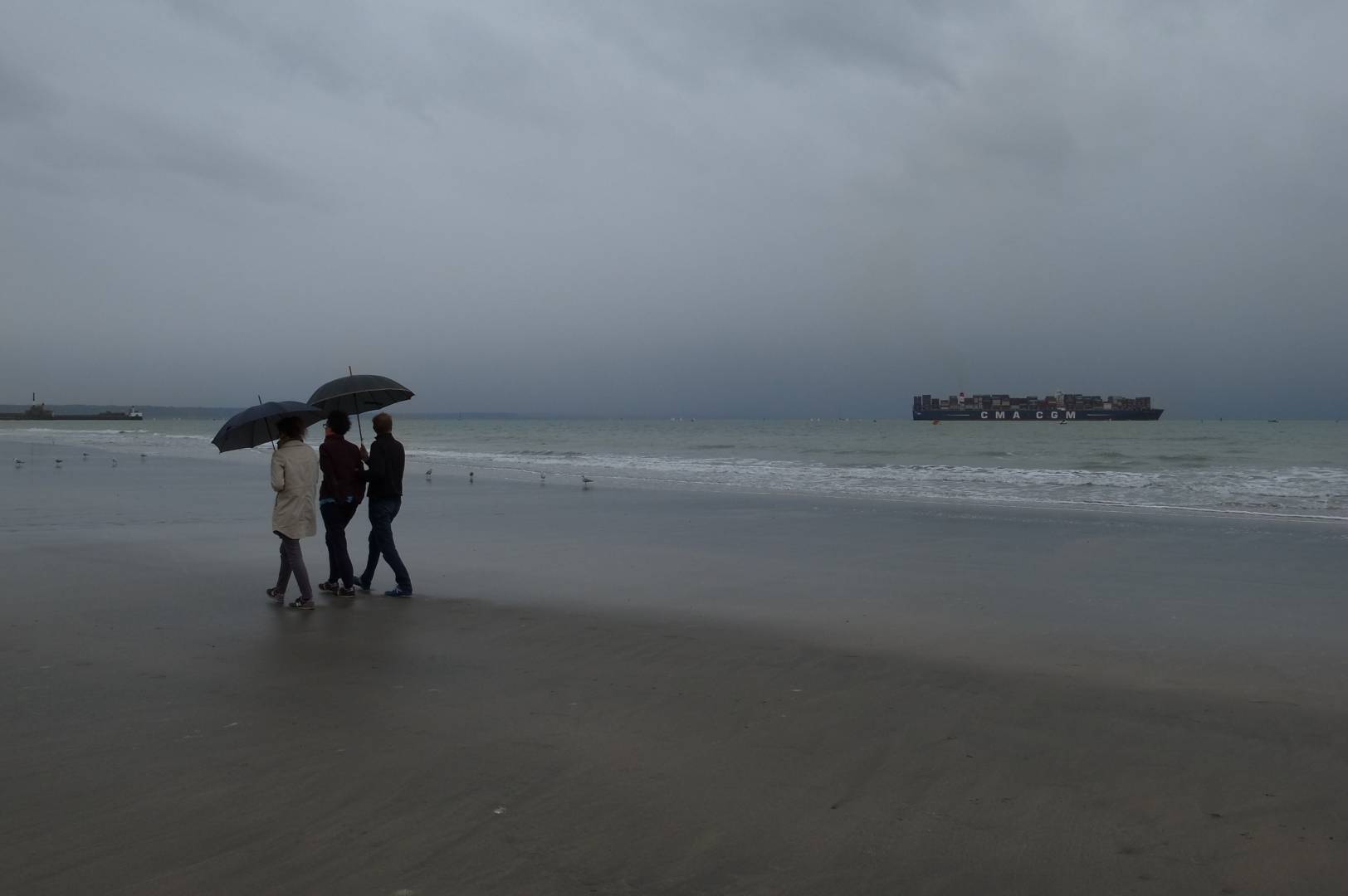
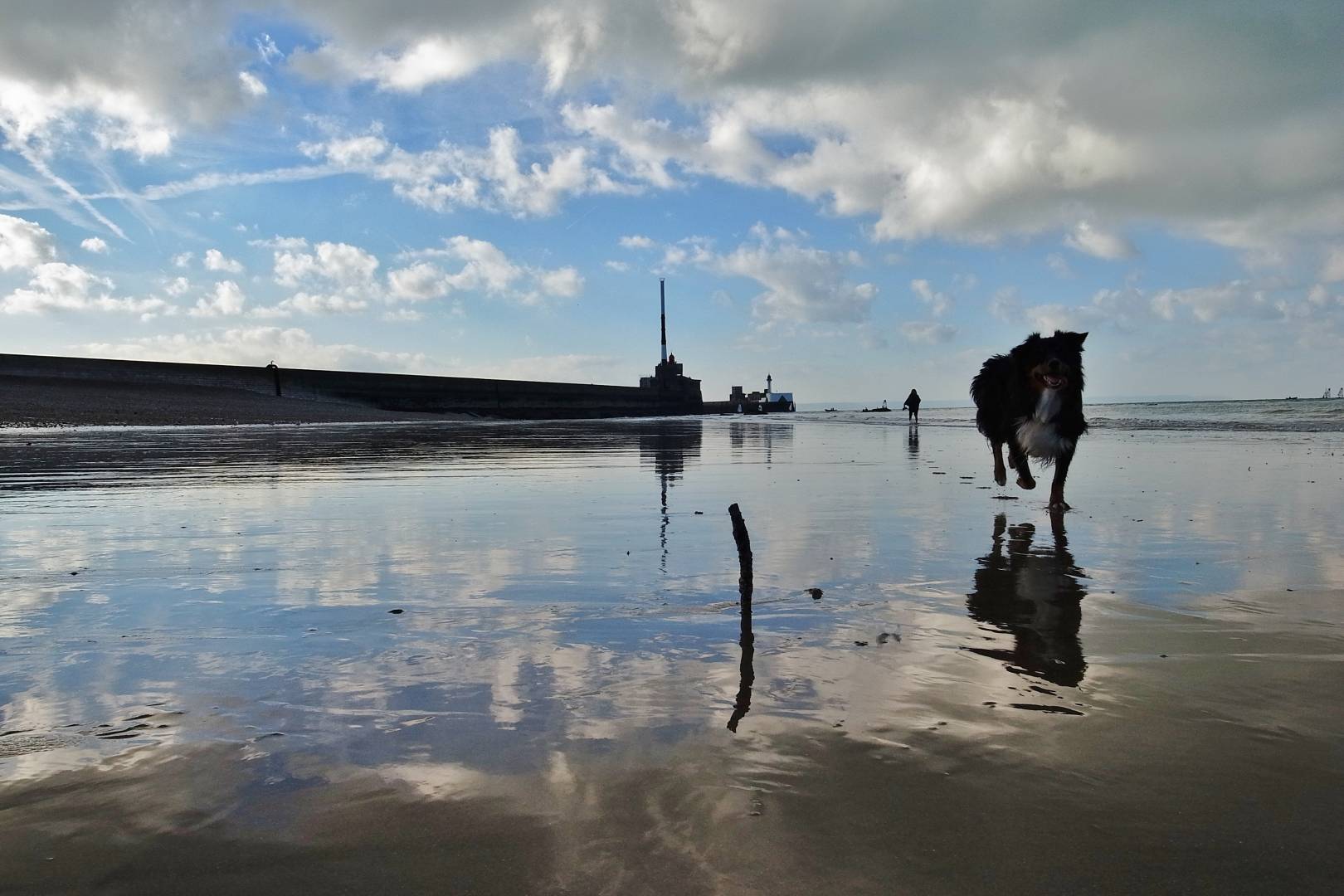
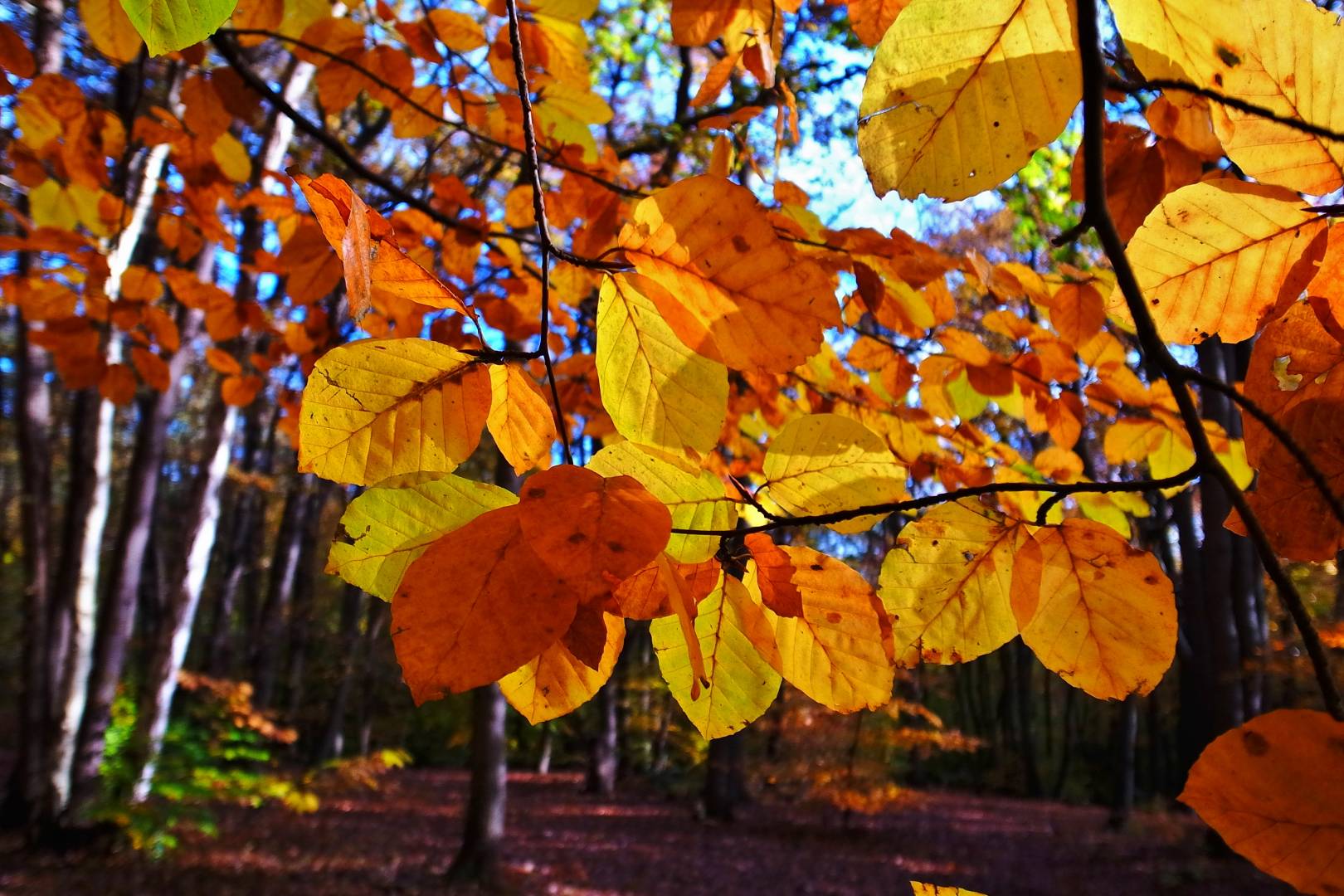

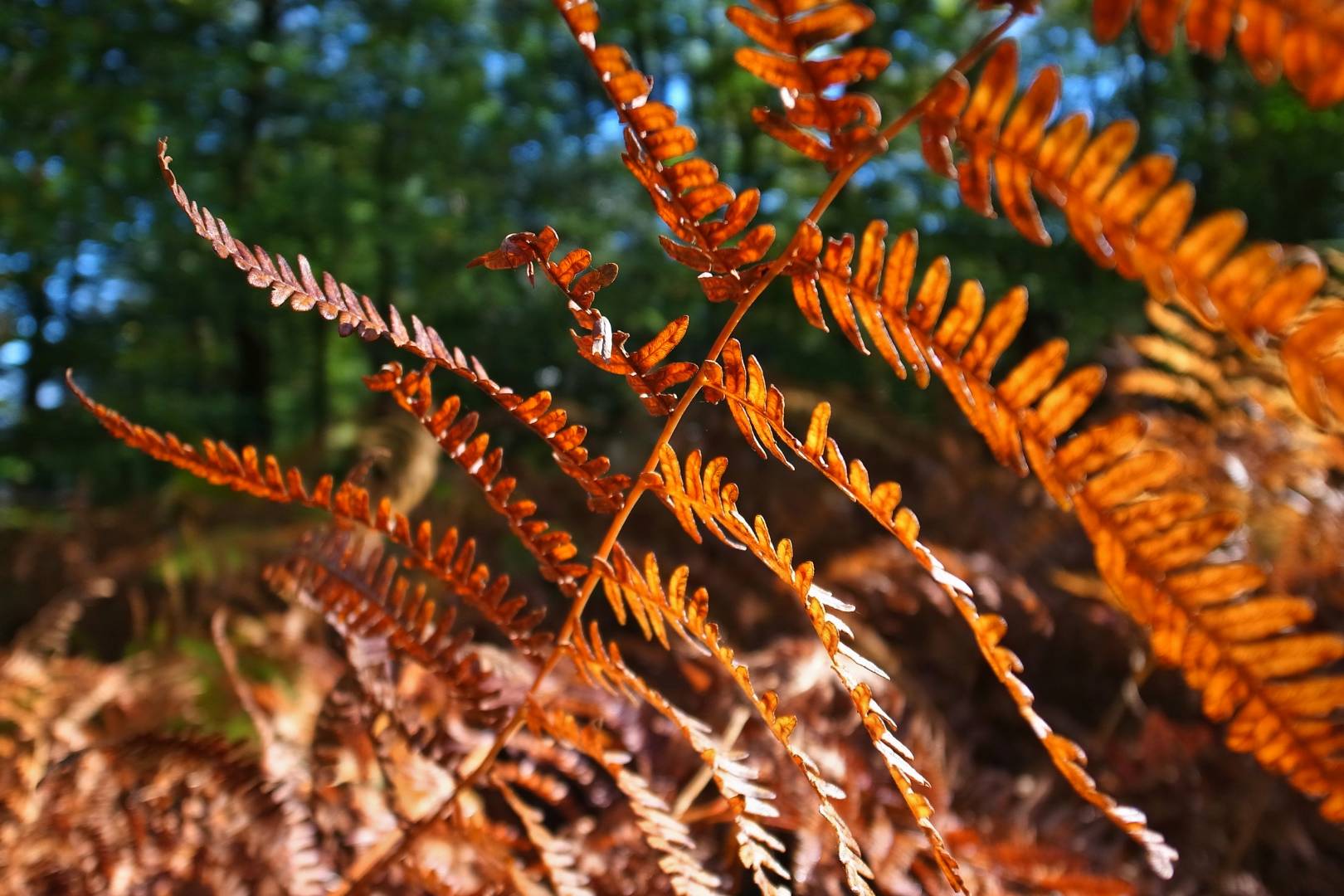
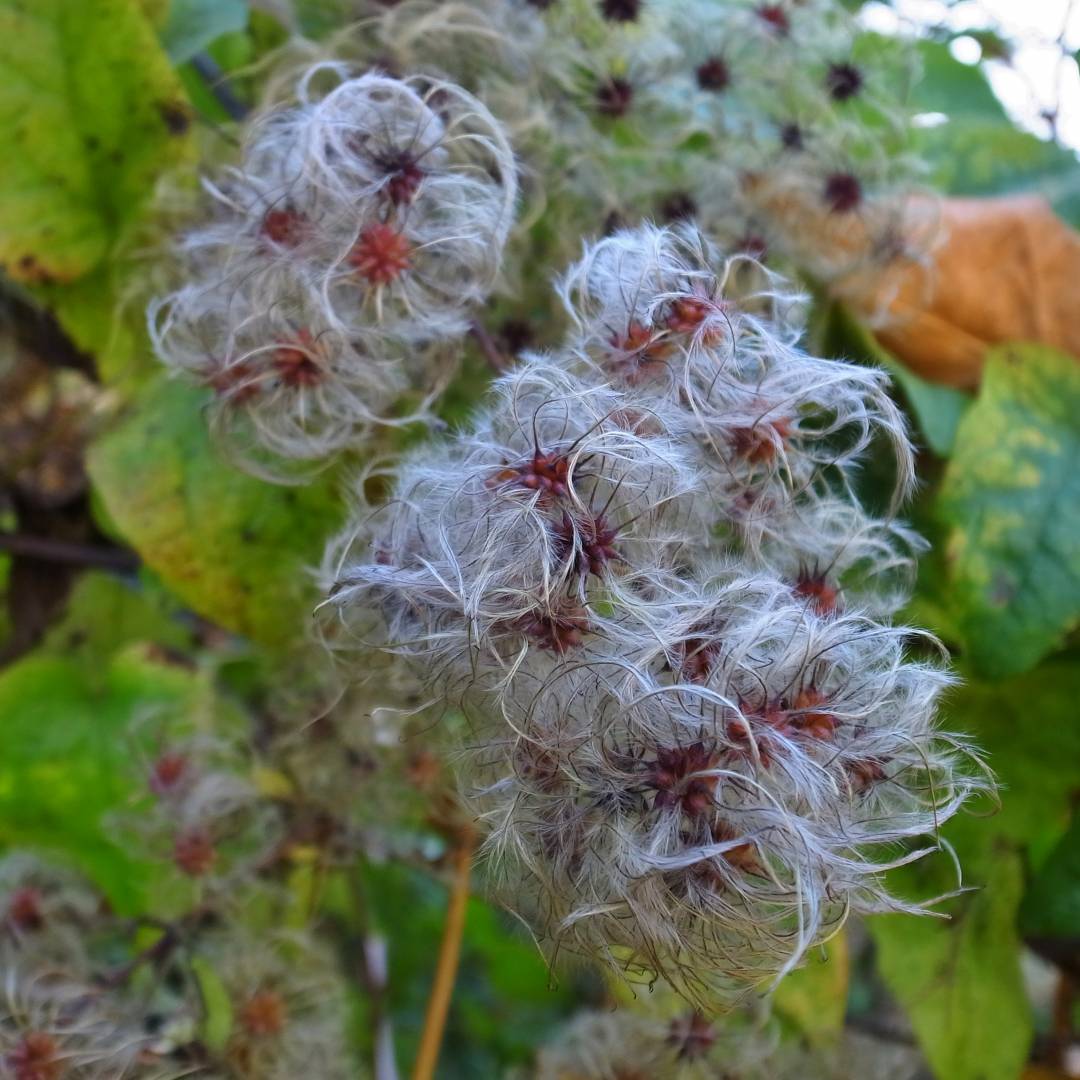
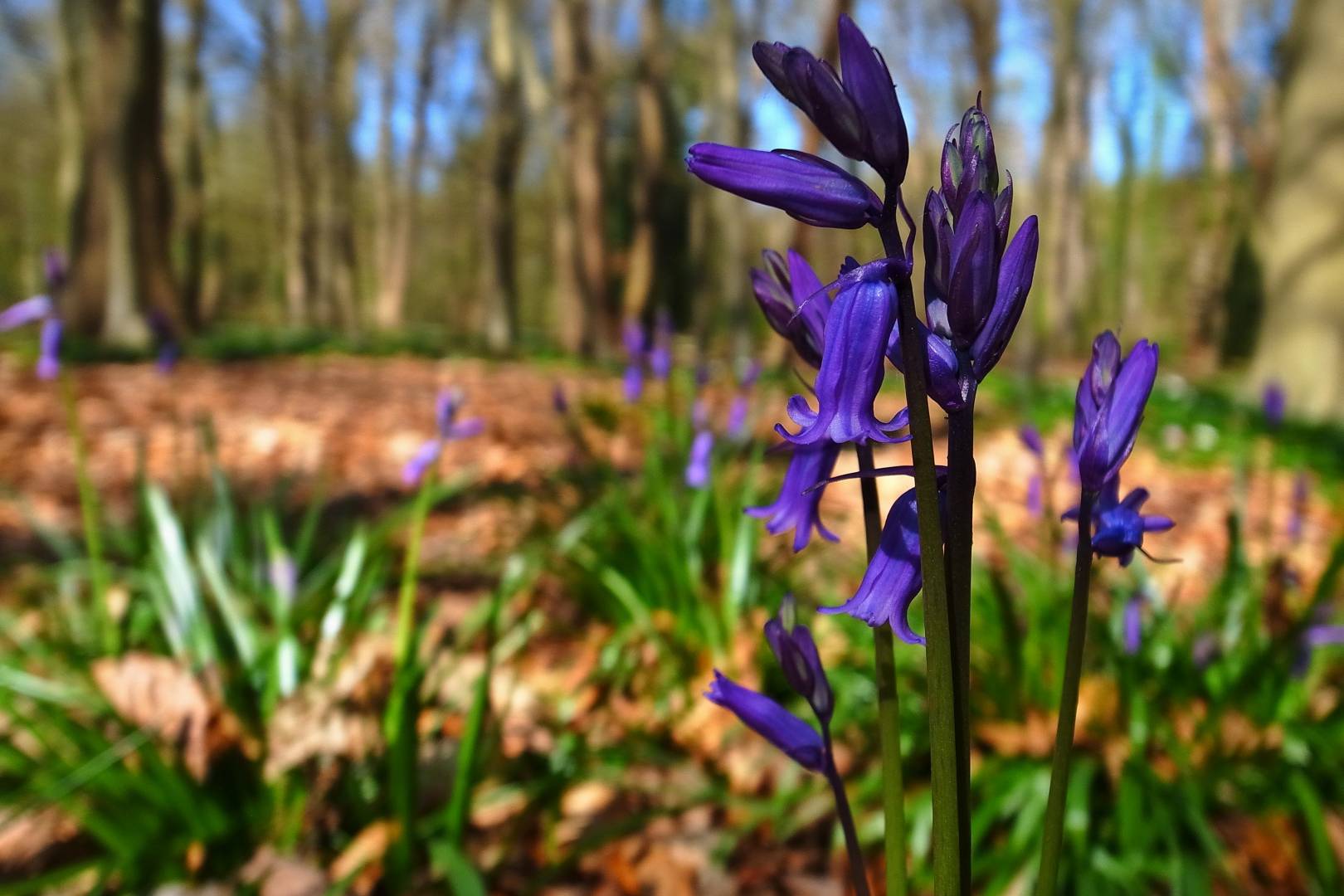
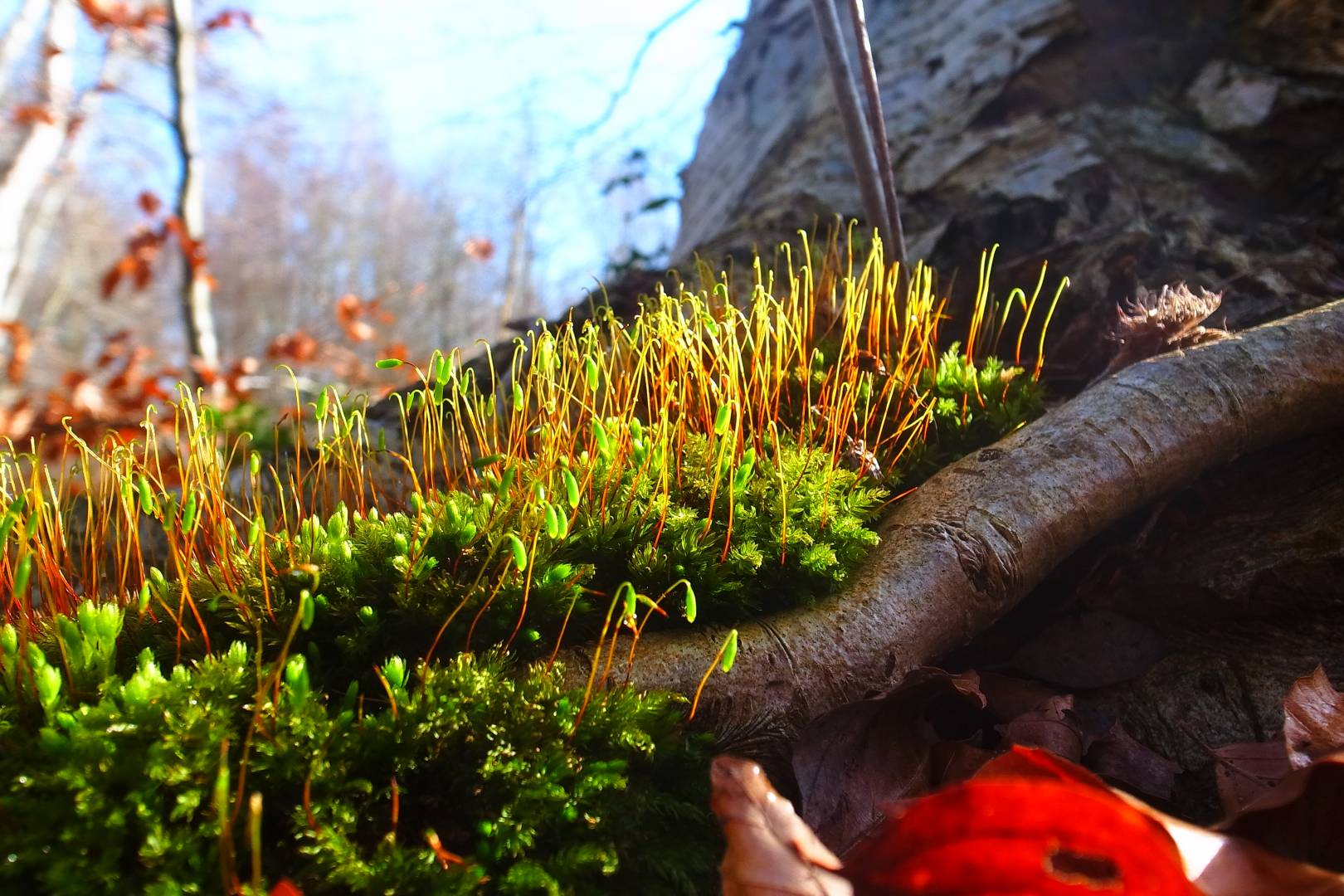


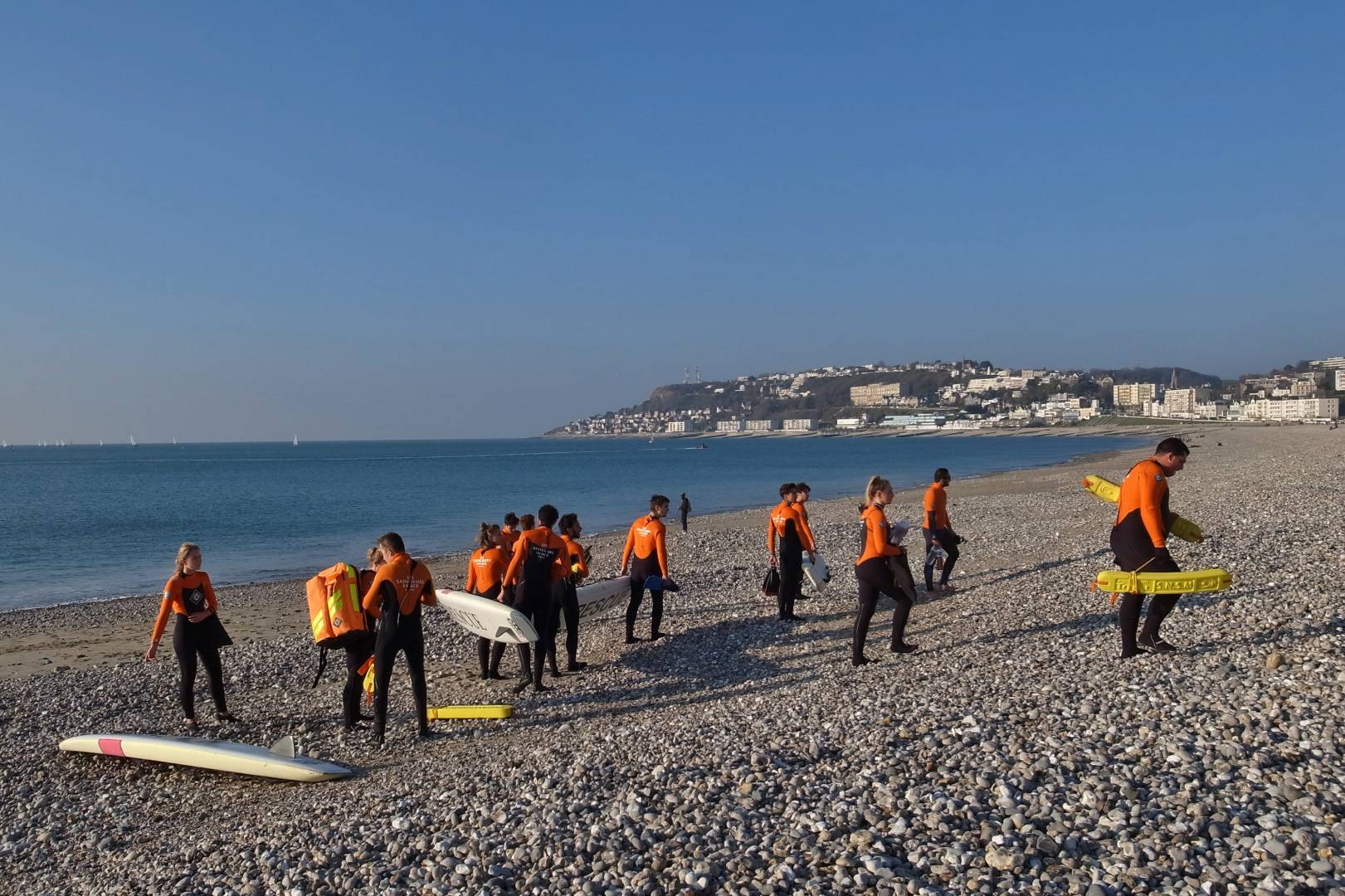

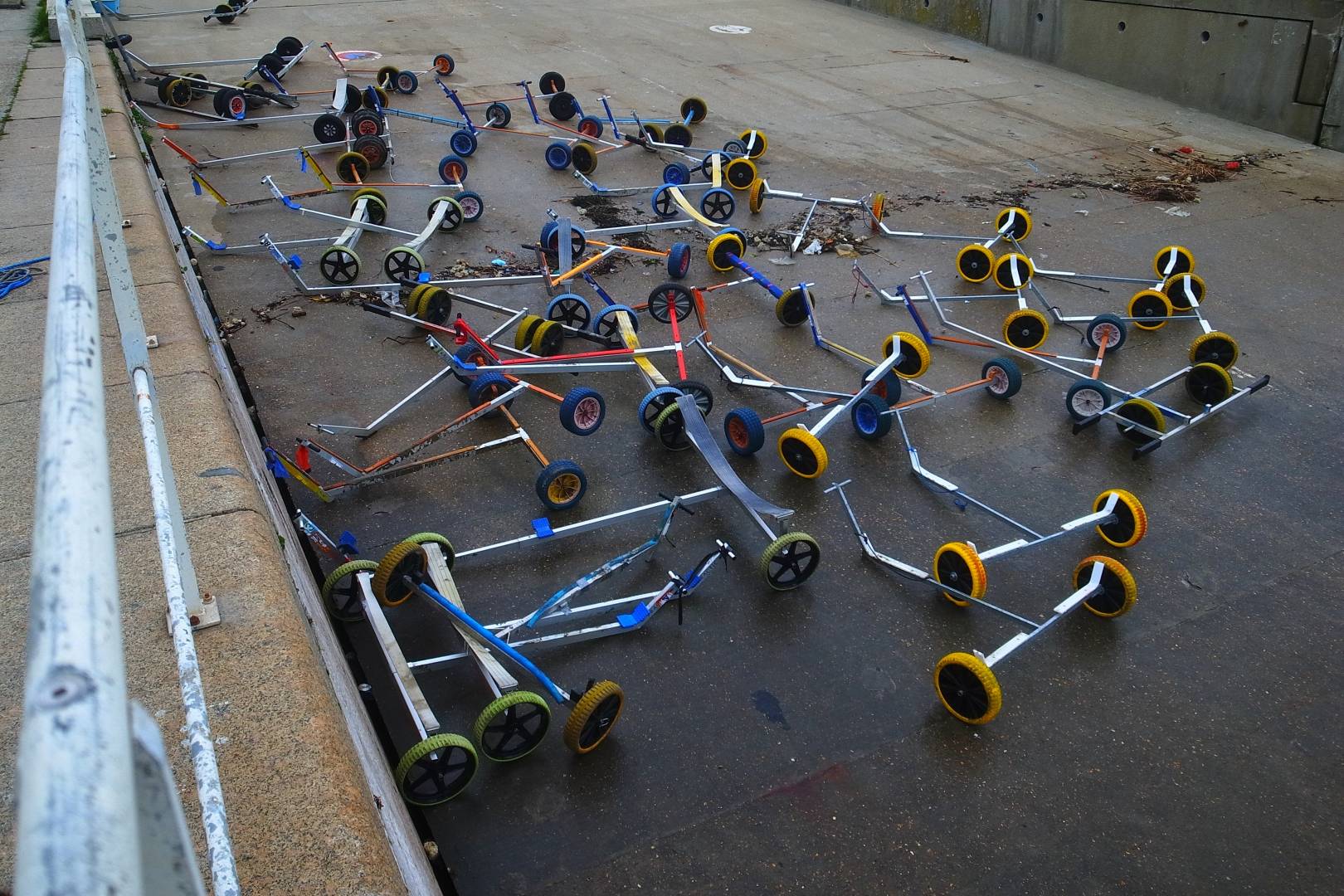


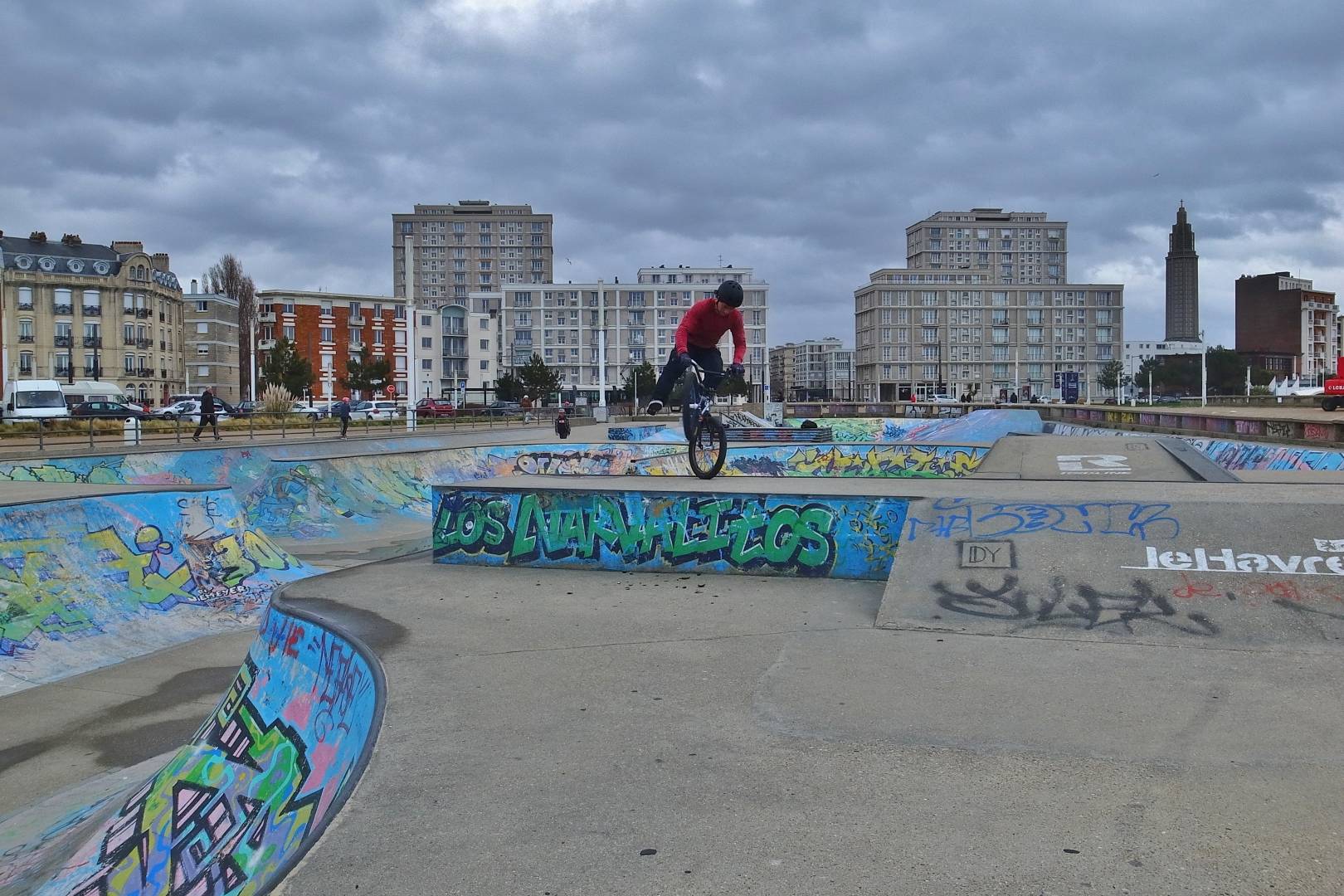
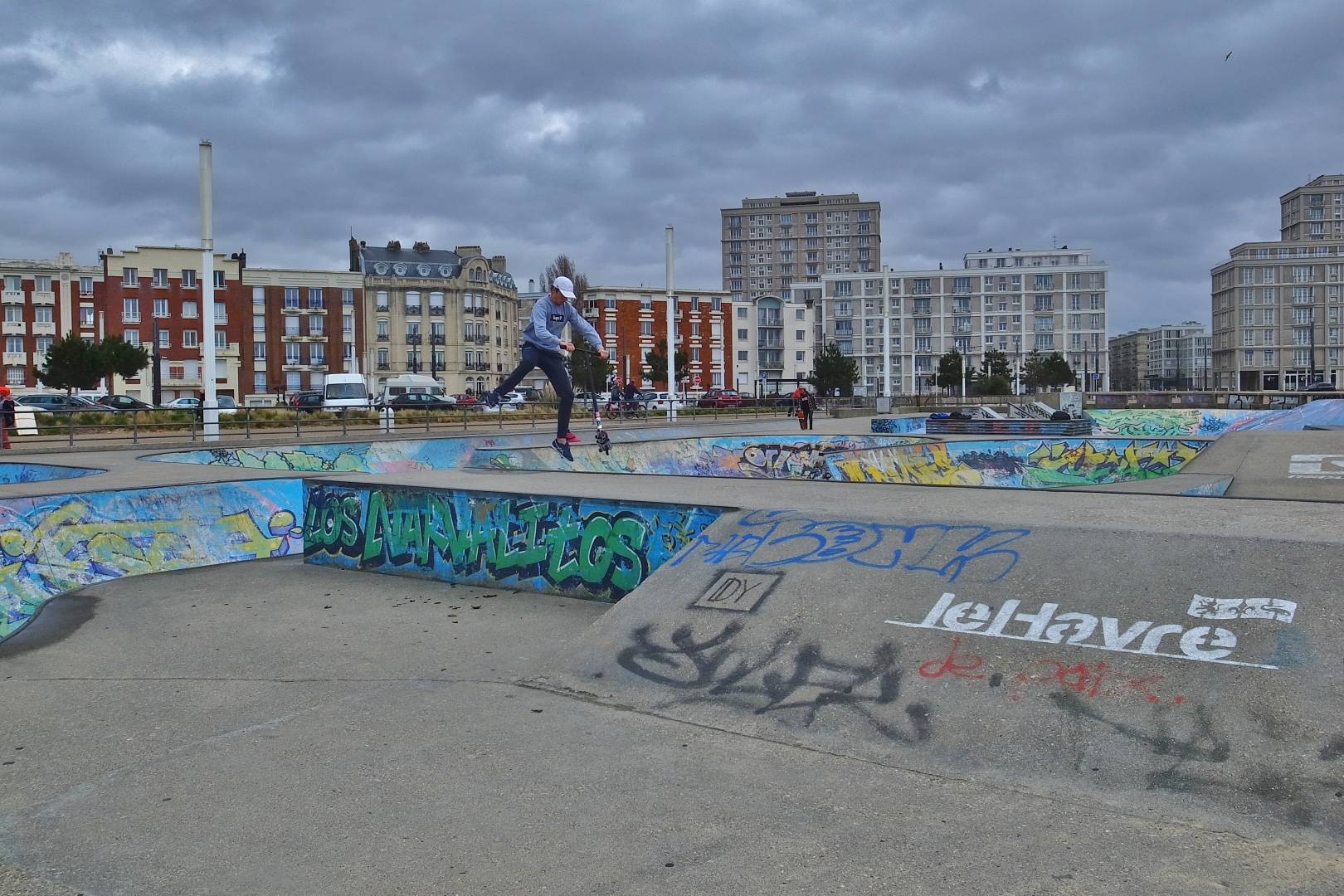
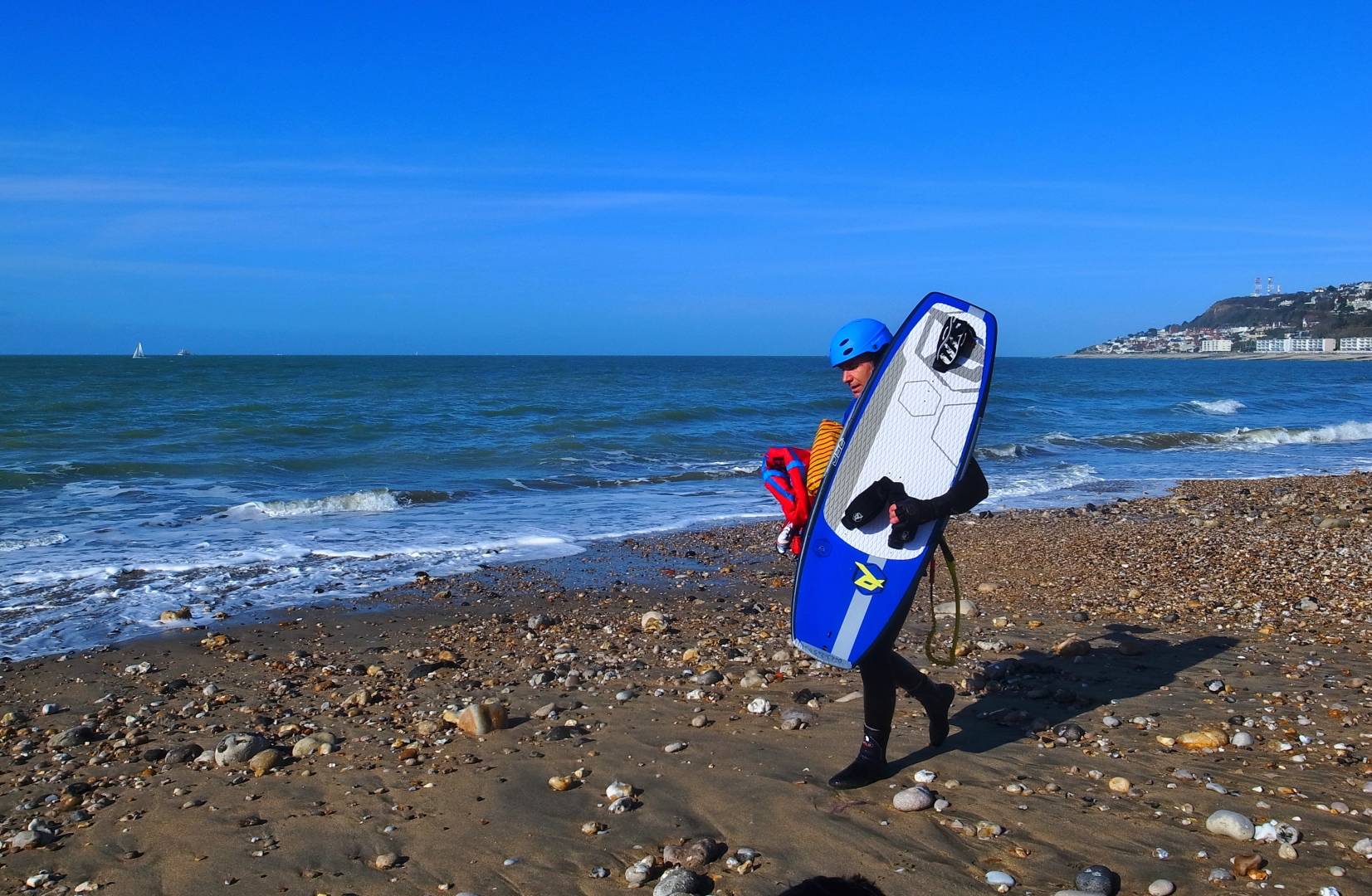
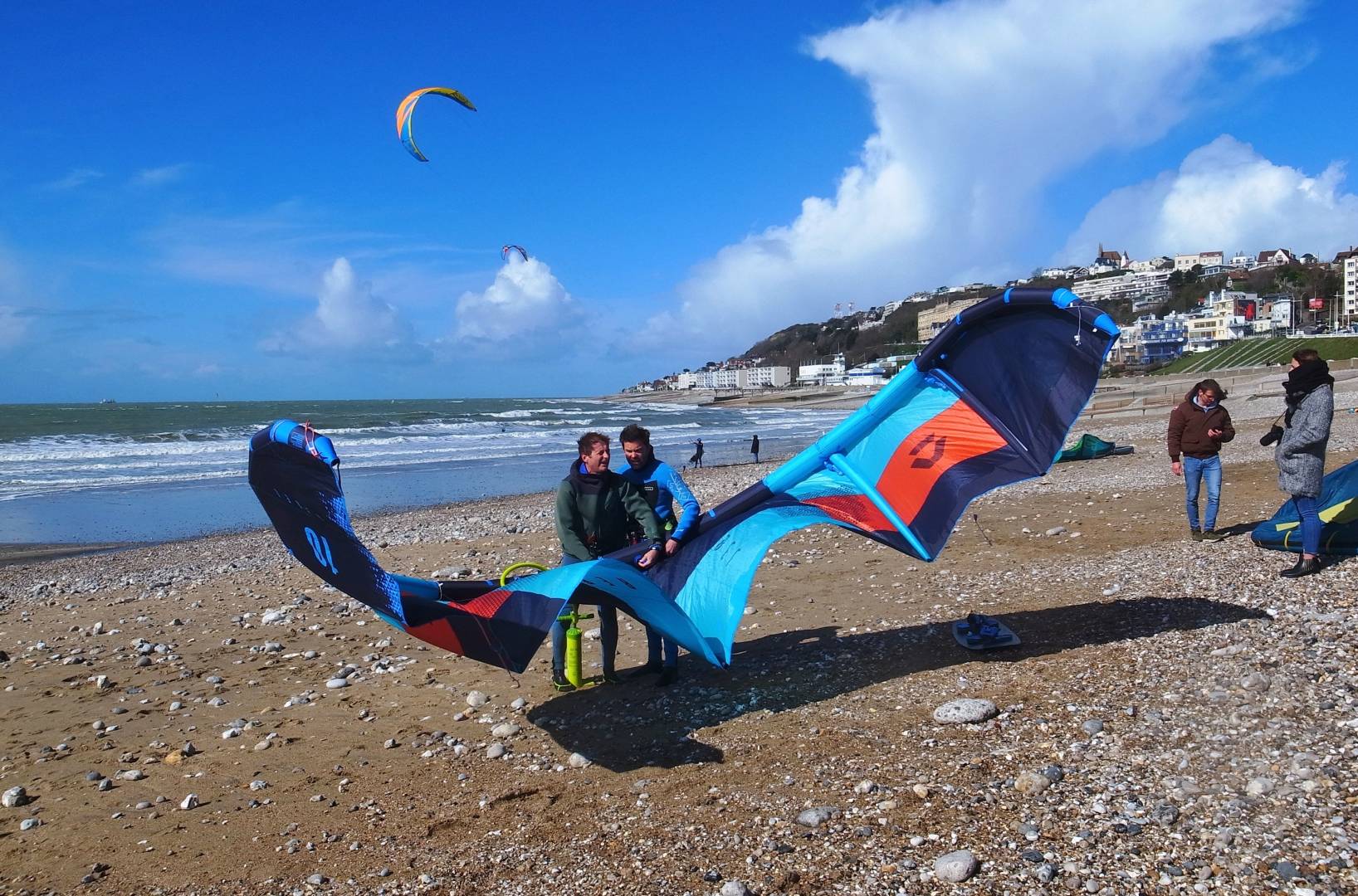
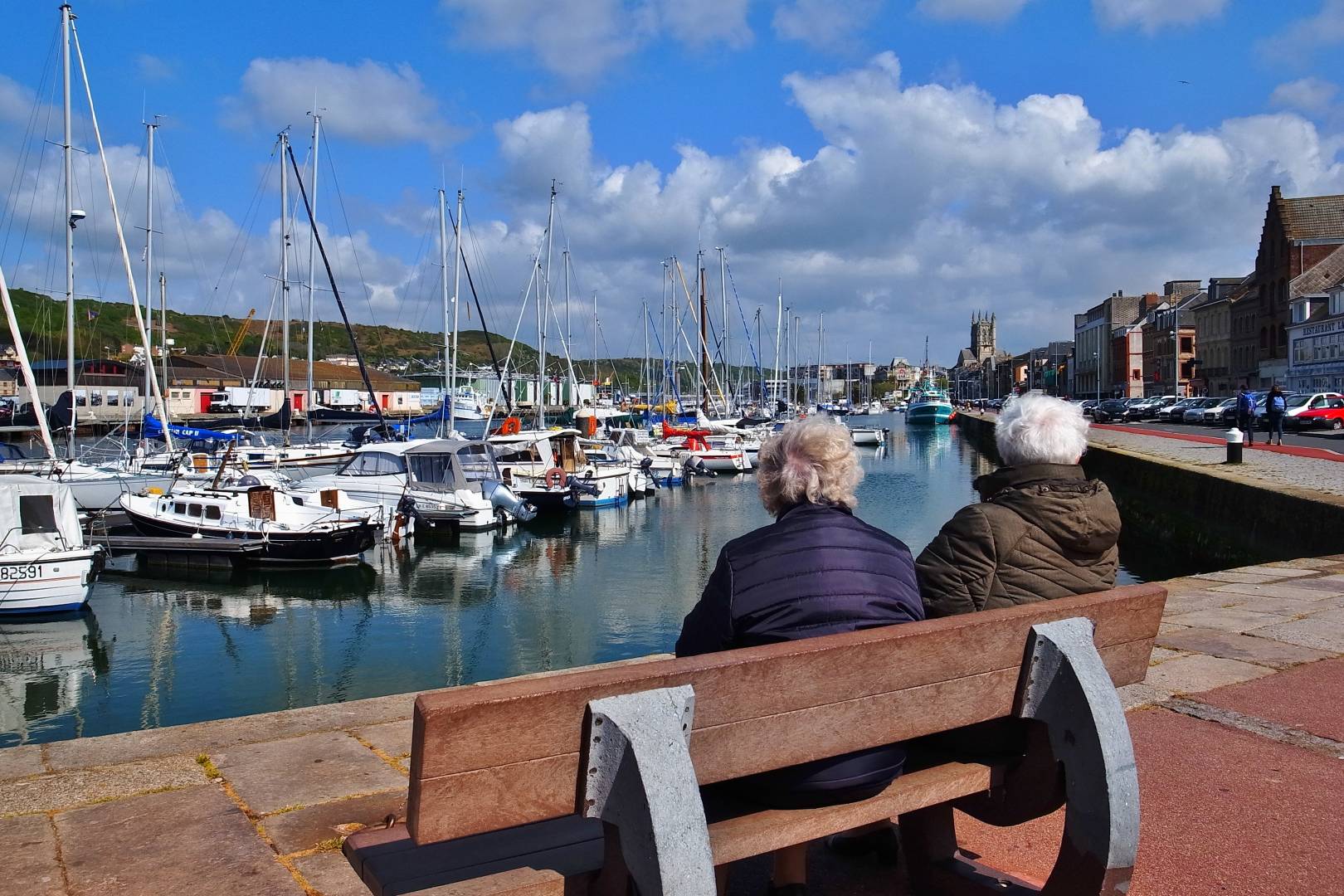
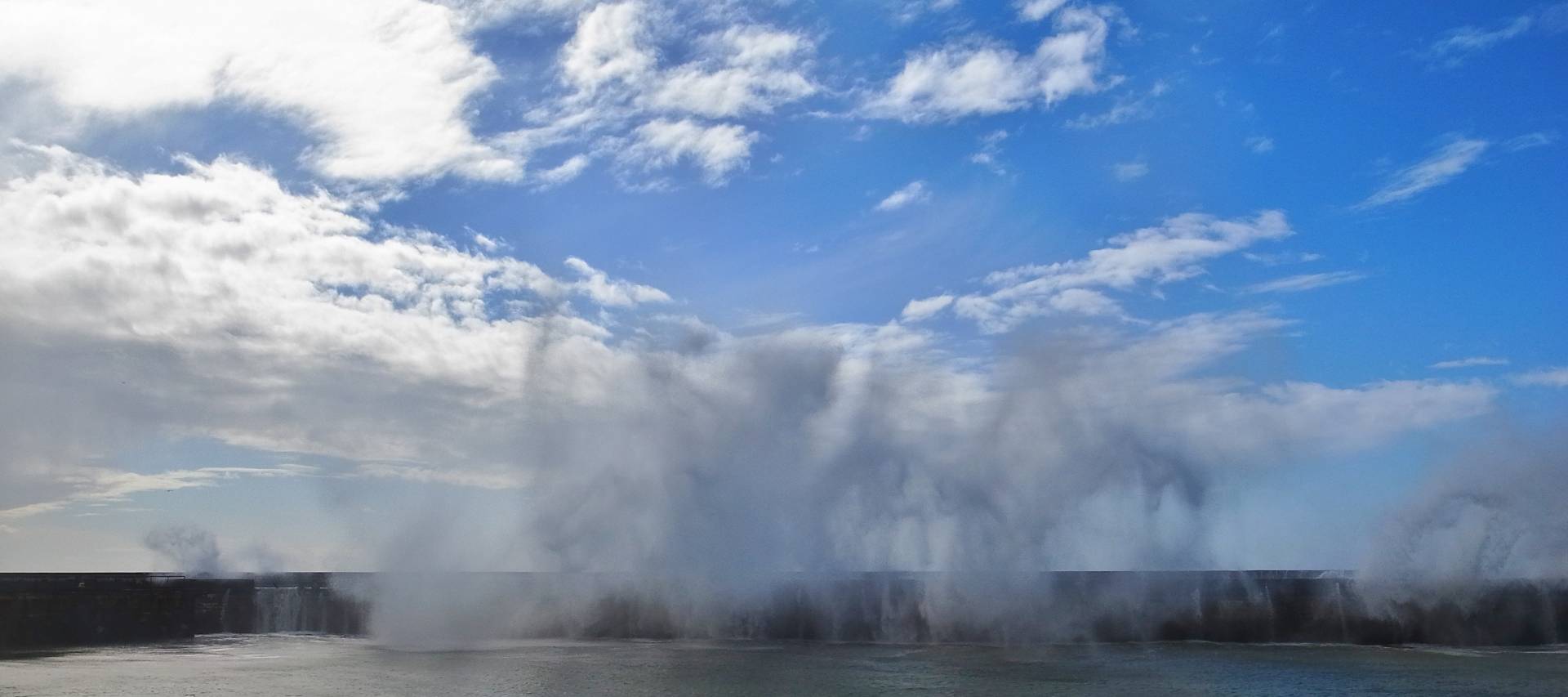
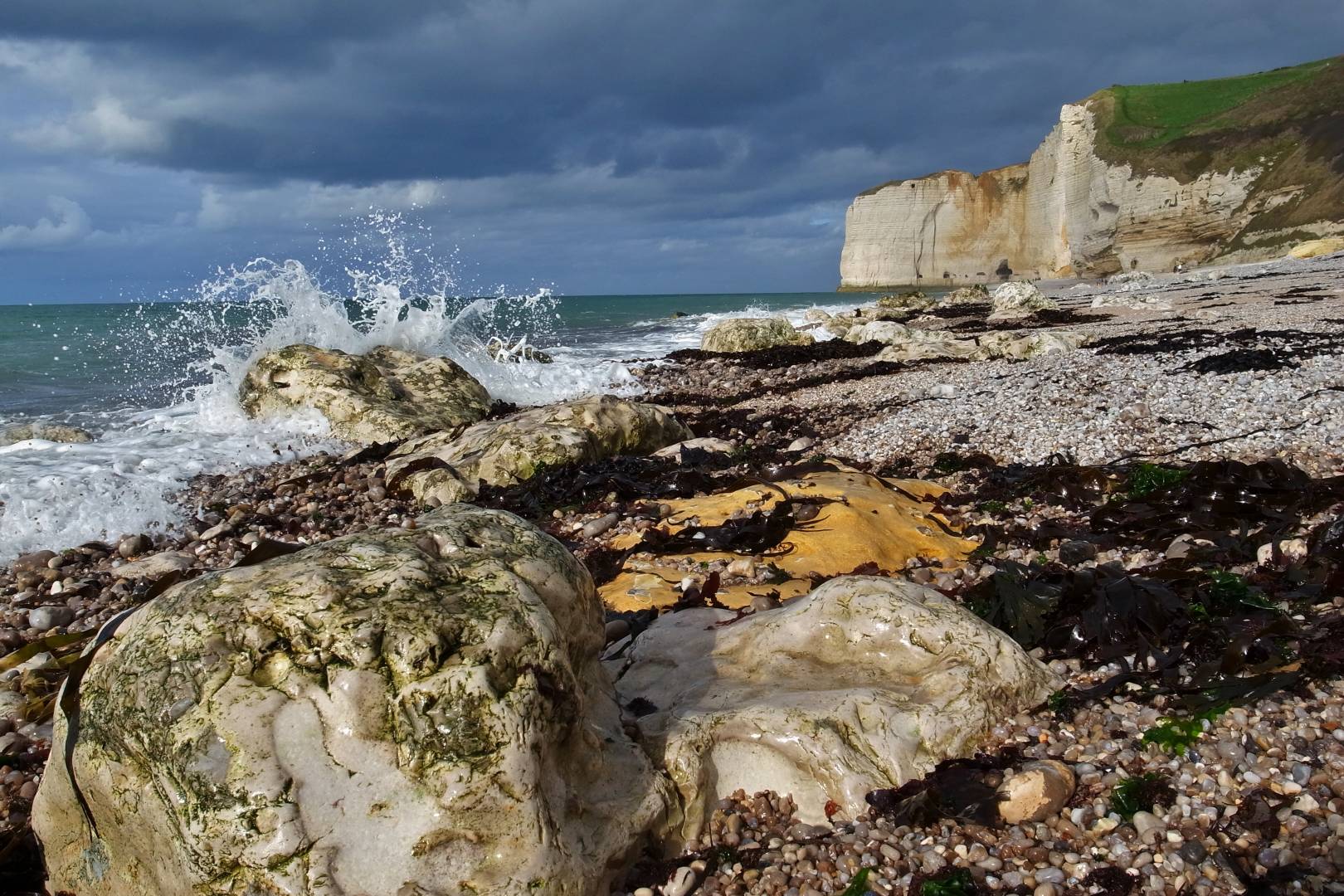
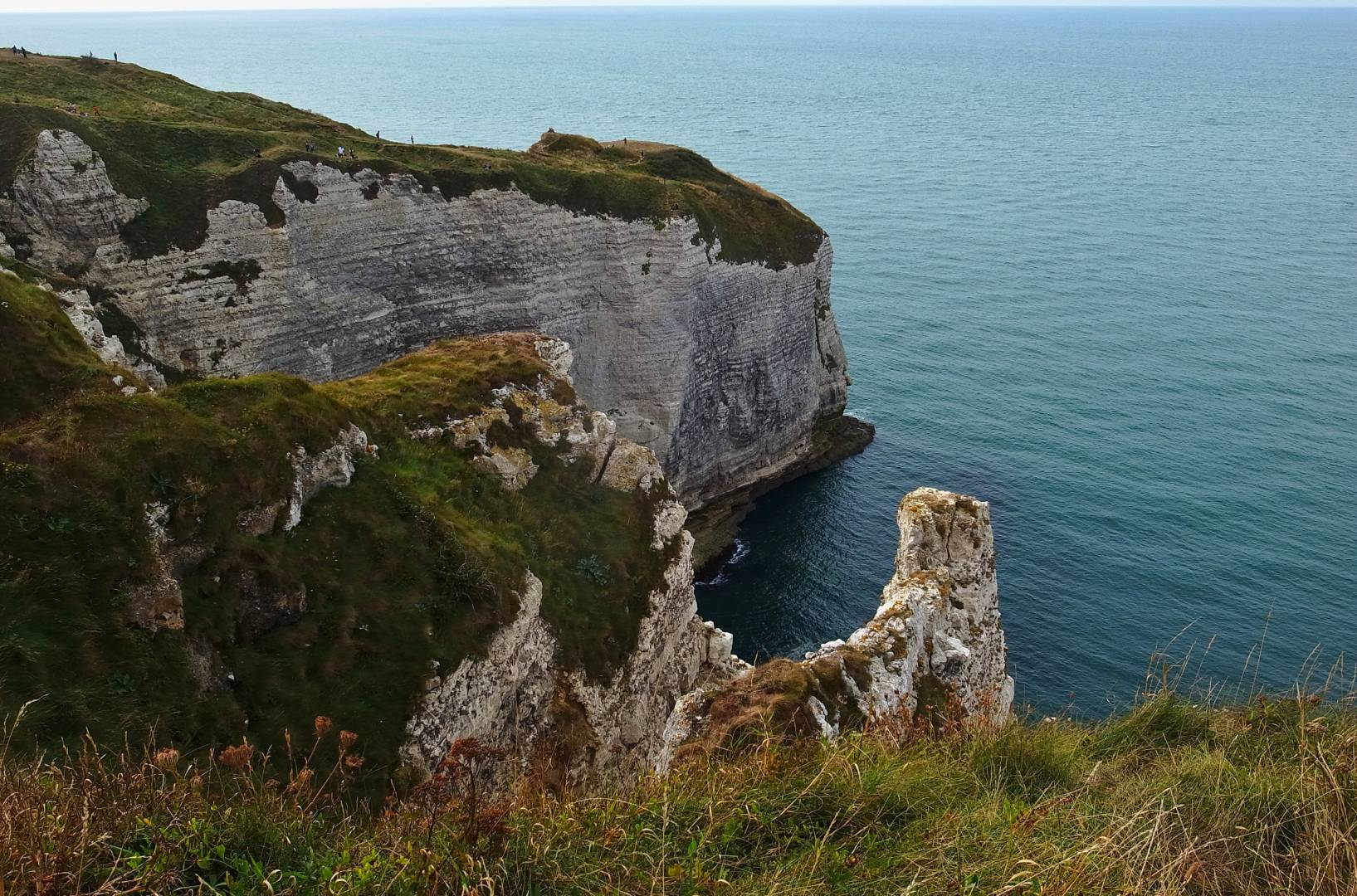
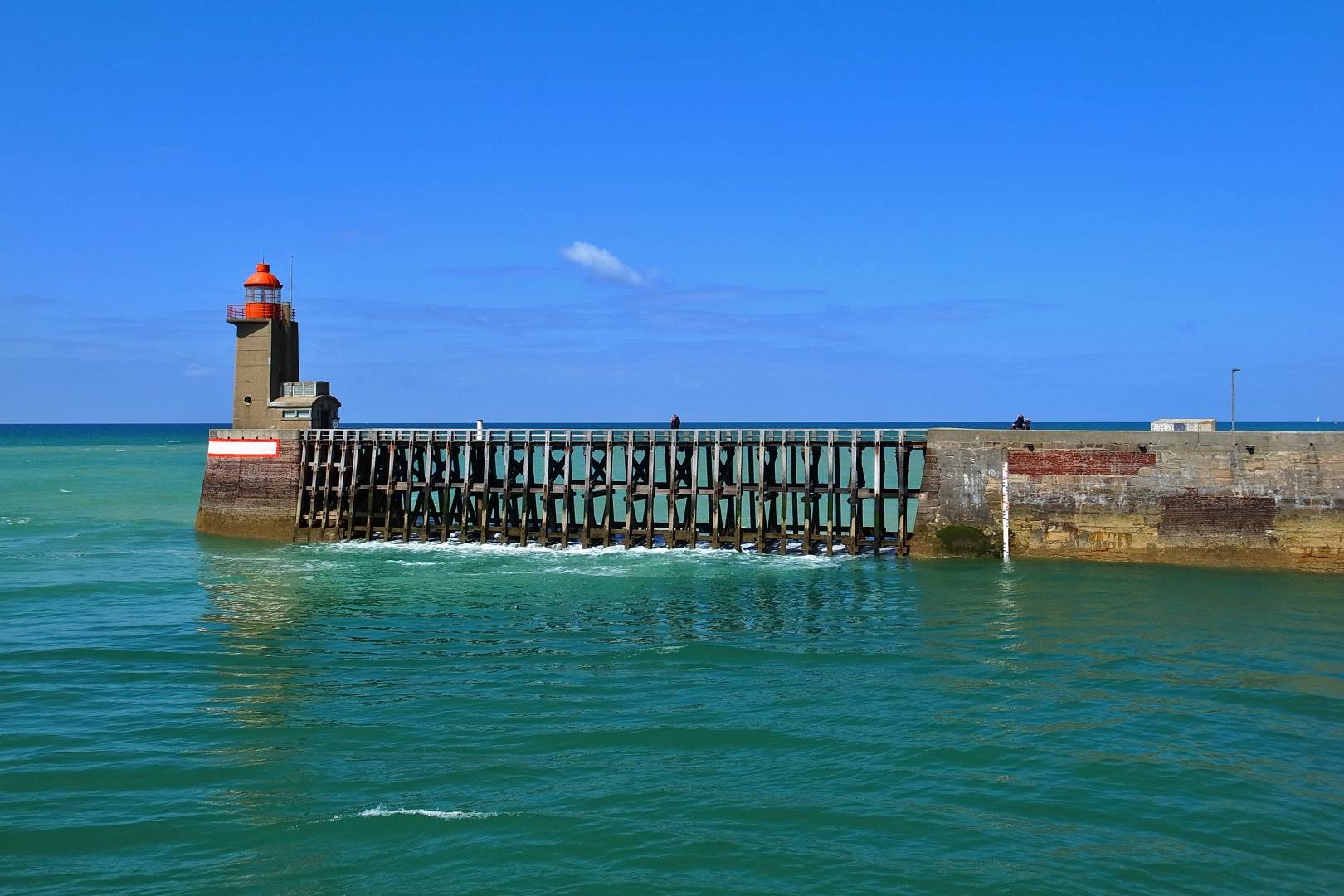
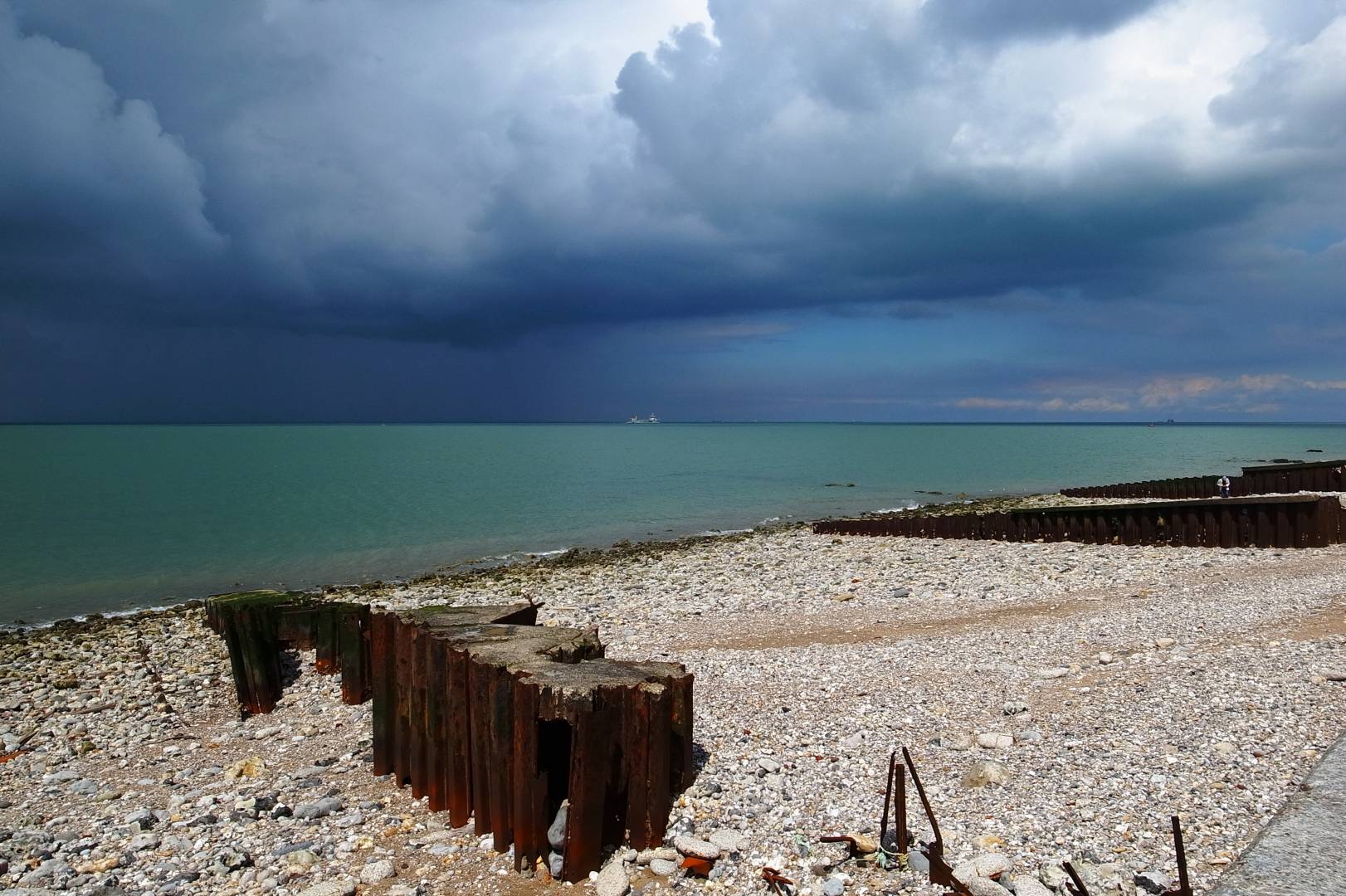
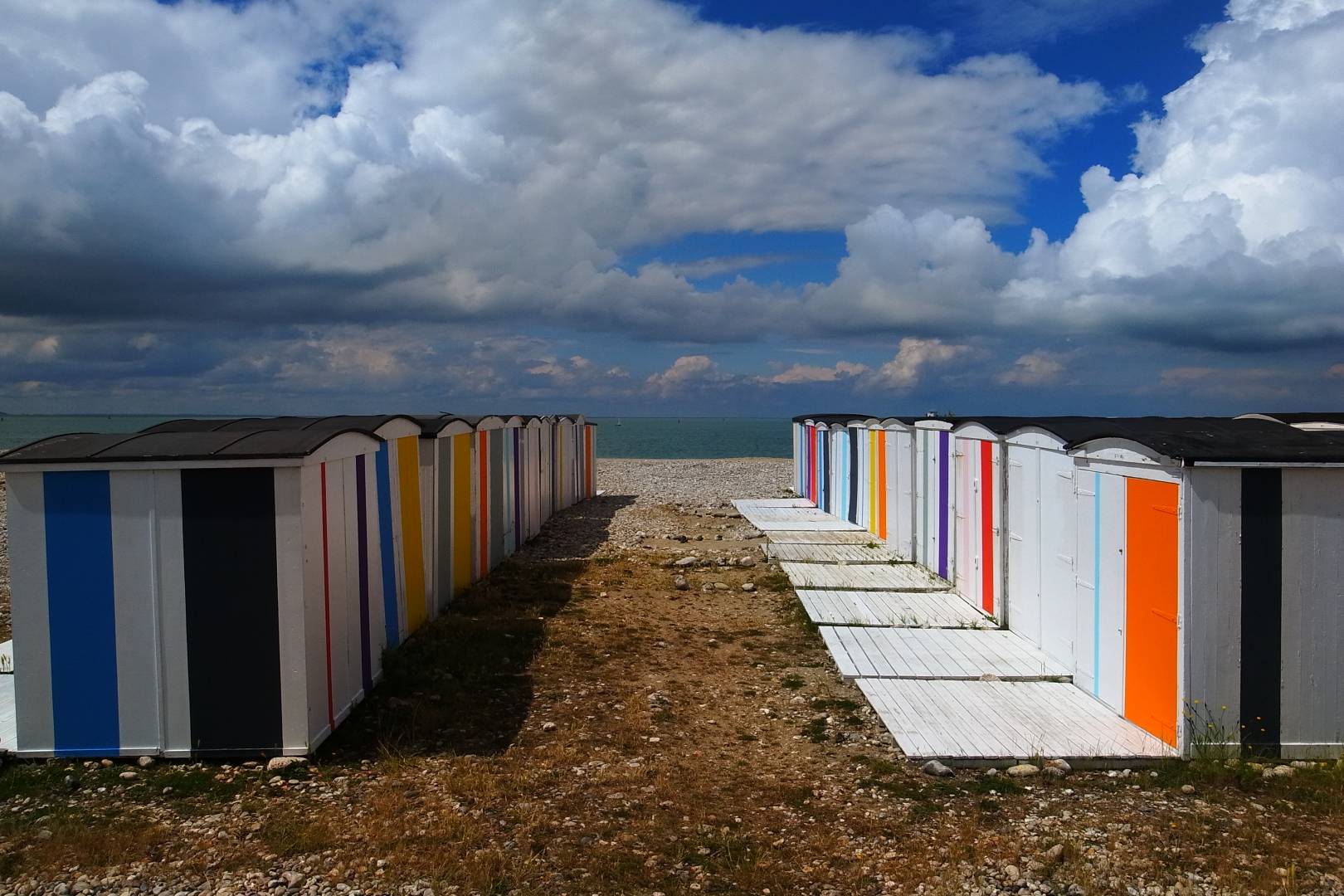




I too have a GRD IV and I too must confess being a bit of a fanboy. In bright light, this now 13 year-old camera performs best. It’s a bit of a slouch when the clouds draw in and unless you fancy every photo being drenched in grain and motion blur (personally I do & love that) don’t even bother going out when lighting is anywhere near poor. Living in England the latter faults I have found rather trying, and have in fact since upgraded to a GR III. But the GR III although fast, is still no match for the GRD IV in terms of pure artiness and colour saturation. Even when shooting in DNG only, you can really get colours to sing in post – I’m using Capture One. You can shoot in both DNG and JPG at the same time, but sadly no effects will be added internally to JPG’s. Effects (such as the gorgeous ‘Positive Film’ setting) are only available on JPG and when shooting JPG alone. I think this is because of the processing speed, it just isn’t very fast in the GRD IV. This brings me on to the next drawback, write-to-SD card speed, which is near atrocious for DNG but just about bearable in JPG. I’ve heard the Leica M8 is even worse, so I shouldn’t really knock the GRD IV, but if you are looking for a quick fire GR that will create Positive Film JPG’s and spit out DNG RAW at the same time, the GRD IV is not the camera for you. Better off buying a GR II which essentially is a GRD IV but with an APS-C sensor. That said, if you can put up with the latter, and you really just want a cheap little pocket camera that has more art than Matisse, and you really don’t mind waiting a second or so until DNG files write to the card, you can’t really go wrong with a GRD IV, in particular if you are lucky enough to pick one up so cheaply.
I noticed this camera after viewing photos by someone on flickr. They were colour photos and straight out of camera without any editing. They looked fantastic. Editing would have ruined them,they were that good. You mentioned in your article the:
“…separation,depth and relief you get in yor images. Images look dense and structured,something I haven’t seen in APS-C GR models.”
I have a new GR3X, I haven’t owned any previous GR, or any GRD. I have owned for 8 years a Fuji X100. However in looking at the images of the Flickr individual I mention,which truly were amazing in my opinion as straight out of camera shots…along with looking at your shots in this article…I see a difference between these shots and the cleaner looking images of my GR3X,or the images I have seen from different models that have higher megapixels. The one word you used that I have thought about when considering this difference of imagery -DENSE- was not the exact word I thought of in my thoughts,but the concept is exactly the same in my mind – may be the one thing that describes the difference between the imagery better than anything else to me. The high megapixel and super clean imagery does not seem to have this density,they look one dimensional in spite of the incredible resolution. To me a lot,not all,of this super rez,super clean imagery has defeated itself in in my opinion in terms of photographic artistry. But the photos you post from the GRDIV here, along with ones I mention, they retain some of this artistry. I even notice this between my X100 versus my GR3X,the X100 has an APS-C sensor,but seems to have some of that character or denseness to it’s images that I don’t see from the 3X. When talking about these things it is impossible to not think about or mention film imagery. There is where we see the density in images so prized by photographers.I don’t care how much hype there is about newer cameras and their abilities, it’s 2024, but in some significant way it’s like digital while leaping forward has also regressed from the ultimate aim of what photography is about. Clean,high rez imagery will never be a better substitute for the character of some digital,and pretty well all film cameras. Doesn’t mean some of the clean high rez isn’t appealing. Some of it is. But it is one dimension,and photography and artistry in their essence are about many dimensions of character. Enough said,thanks for your images and article
£60 that’s a bargain! I had the GR IV but unfortunately it got damaged at a festival. I wish to purchase one again soon though. I love how you could easily switch between black and white and colour. I tried the upgraded GR camera, although good, I felt the pictures were a bit too clean and missed the vintage graininess look that you could achieve from the IV.
Hello Jean,
You already know my feelings about that GRD 4. I already enjoyed seeing photos made with this tiny camera. I’m always blasted by the quality of this 10 MP camera. That CCD sensor really have an organic feel that the other GR don’t have. That makes it so special.
Best regards and very fine photos accompanying this article
Thanks Dave
believe it or not these images are all OCC Jpegs without post whatsoever. I just have my settings n°2 with saturation, contrast and sharpness at their maximum. As for your answer in the chimp article, I have a suggestion. you know that Chippendale furniture has quite a number of followers on your side of the channel so I suggest you start a new fashion every time you go to north York moors called chimp in dale!
Have a nice WE
Ha ha ha ha 😂😂😂
I am back in Yorkshire very shortly too.
Enjoy your weekend.
A very in-depth article about a camera that I’ve never seen, let alone used.
I do like the harbour set, and the wonderful seascape reflections. The colours look good, but accept you may have resolved those in post.
Normandy is a part of the world I have yet to visit, I have often wondered what a few weeks traipsing around with my camera would be like.
Thank you Jean for sharing these with us, a good start to my weekend.
Dave
great photo’s, Jean.
I always like to see results from older, long superceded cameras. They’re usually reminders that outright image quality hasn’t necessarily advanced as far as we may think, and good composition/ideas often dominate a photo. Good stuff.
Jason
Thanks for the kind comment. Old cameras tend to be like good bottles of wine. Just a case of maturing and in the case of cameras using them.
The second and fourth from the end if you ever decide to print to sell, please let me know.
I first saw John S. images and Steve site. as for your request for the prints, I’ll email you the files so you can get it processed in the States. don’t go over 30cm by 45mm. Sweet spot is 24 by 36 cm. It reminds me of that “old” Ilford photopaper which was the exact size of the negatives.
Have a nice weekend
Thanks Jean just read review on Huff site, dawned on me, that where I came to King of Leica x1 and Mayanmar. Thanks for heads up.
If I may just pop up again, it is just to say to you Jean that I really appreciate the way you turn comments into conversation!
Thanks. However flawed internet may be it connects people you would have never heard of without it. It’s a great invention in some ways.
Unfortunately not but I have another on a different subject in preparation with B&W photos which I hope you enjoy.
Sure. How do I get them to you? Any you particularly want?
Thanks Kevin. I was just wondering if you’d have an article on macfilos about your Turkish trip in B&W later this year or early next year.
Thanks Kevin. Any chance of some images of your Turkish trip in B&W (orginal or converted)?
I really like your black and white photos inside the gallery especially the first and that through the frame. Your timing was spot on. Thanks Jean.
Thanks Mike for the kind comment. Enjoy your Dunkerque weekend and I hope they extend the national wine fair. If so 5 axis body and lens stabilization might be necessary. Never been to Dunkerque although it’s not that far from Le Havre but I’d love to make images of the industrial area with it’s fumes and chimneys stacks that I’ve seen from a distance.
Impressive Town Hall, and delightful marinas.
Thanks Jean. Superb photographs from an impressive camera and a really enjoyable read. I love the northern French coast and you have certainly done Le Havre justice.
I wish I could do Dunkerque similar justice when I visit next week but then I am going to the Wine and Food Festival where a little stabilisation might be a necessary to come back with anything worthwhile on the photographic front!
Superb photos and an excellent illustration of how versatile a small sensor camera can be. The interior shots show that a CCD sensor can work just fine in low light. The shot I like best though is the first, with it’s Moriyama like contrast, and the added interest of the photographer’s shadow makes for an excellent picture and composition.
Thanks Richard for your comment. As for the first shot most ricoh cameras offer that extreme B&W high contrast. I did shoot a similar image at a Leica workshop with a Q but the result was different and I did not keep it. I love the contrasty imaging of the grd4 which only keeps the outlines. If you like Moriyama I recommend you have a look at some of Mario Giacomelli’s images.
Yes Jean, David Bailey is right, you have a great “eye”.
Add to the mix a rather photogenic hometown and you make that old CCD sensor sing.
I mentioned in my last comment that I am not doing much with a camera at the moment, but maybe it is because the charms of London (and Croydon) have worn a bit thin, there is so much street art that even Martha Cooper might have a problem coping with it, and pretty it ain’t.
Great pictures, thanks.
Thanks Stephen for the kind comment. Having owned 5 Ricoh gr cameras so far (grd 1, 3, 4, gr1&gr2 + a gxr) the grd 4 is my favourite when it comes to imaging. Old CCD sensors have that “je ne sais quoi” that I far prefer to CMOS sensors but that’s a personal choice.
I was just sitting here with my tablet looking for GR articles, then while early surfing Mike and You ended my week and started my weekend with this tremendous gift. Why hasn’t Ricoh made you an Ambassador yet? I think Mike and you and all Mac GR users that are close should do an outing and publish the results. You folks would have a tremendous time and Mac readers would reap the photo reward, question is who would you call post bail? Thank you Jean I always wondered what your part of Normandy looked it, just downright gorgeous.
Thanks John for your kind comments.
You may find a recent article on the GR iii on Steve Huff site. I do not appreciate his site but I stumbled on it by mere chance when browsing on the web. The coast in the area I live in is really beautiful. Now to answer your queries, once I retire, I’d love to meet other Macfilos contributors but I don’t think I’d like to be a Ricoh ambassador.
I so enjoyed these pictures with their different moods and sonorities (if pictures can make a sound !). I never went down the Ricoh road but would echo much of what you say in relation to my first digital camera, the Leica D-Lux 4. I was always stunned by the results, from landscape to macro, and you prompt me to take it out again and enjoy the simplicity and light weight. Your bonding with the GRD IV really shows through.
Thanks John,
My first digital was the C-Lux 2. I must admit I rarely use it nowadays as it is in want of repair and it is not really worth the investment. I remember I used the 28mm equivalent of the zoom most of the time. All GRs are really small and unobstrusive cameras with razor-sharp 28mm equivalent lenses. I’ve seen many images with the D-Lux 4 and I guess I’d bond with it really quickly.
Jean, these are truly excellent images which are a tribute to your wonderful eye for an image across the genres of landscape, action, nature, architecture, people, patterns, indeed the lot! Any limitations of the ten year old camera are utterly transcended and Le Havre is accorded star treatment. Thank you for a great article.
Thanks David, The city is picturesque in its own respect and I still got some areas to explore. Living by the sea, I love the light in the city and the skies are truly amazing. Looking forward to retirement to be able to capture the various moods of the skies down here.
Thank you for this post Jean. You well illustrate that in good light a small sensor does just fine, as long as it has good glass in front of it. And the added depth of field can be a plus in an age when marketing departments want us to chase broker bokeh bokeh.
“Broker” ??? Hhhmmm, maybe predictive text is smarter than I thought !
Thanks Wayne. I guess the grd4 works in any kind of light. The only thing to consider is to have spot light metering on highlights. Shooting almost exclusively 28mm FOV I won’t get much bokeh in general conditions whether I use a f.1.4 or a f.2.8 unless I get really close to the subject.
Agreed. I use it with the clip-on 21mm adaptor.
I also use a hoya por uv filter